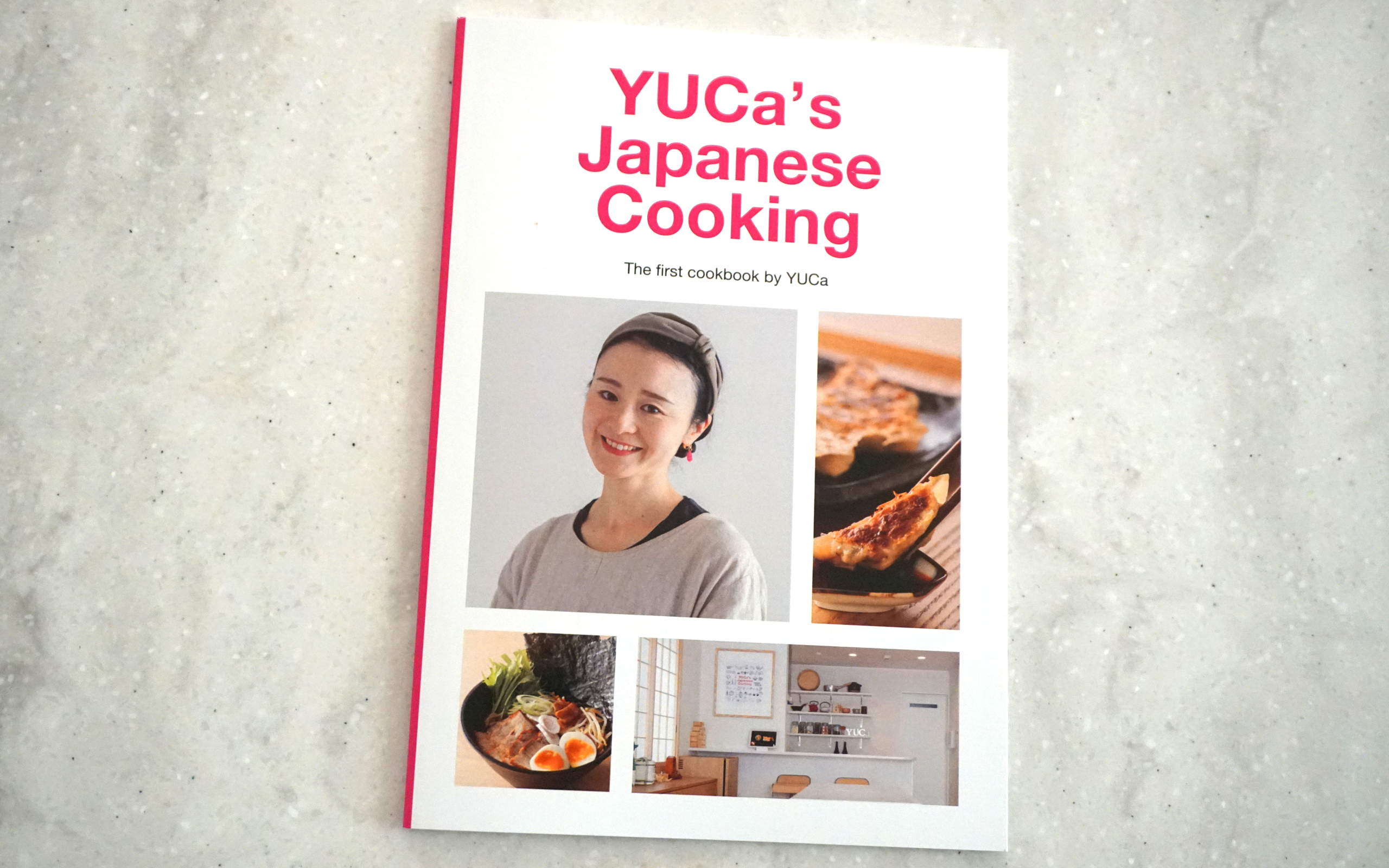-
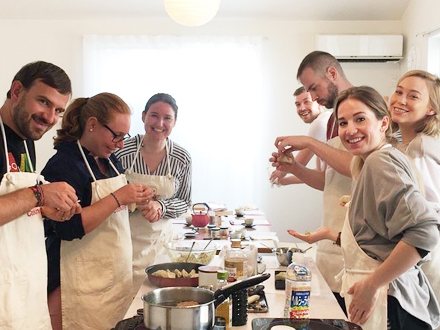
We offer 7 classes at YUCa's private kitchen studio. Each class takes 2.5 hours and hands-on class. Please push button to know more detail.
See in-person class
-
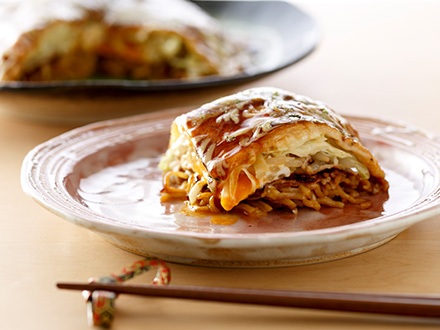
We introduce Japanese home cooking recipes (both video and text) for free. Please watch and try them out! Smart phone app is available too.
See recipe
-

A casual look into everyday life in Japan. From home cooking and family meals to seasonal moments, our vlogs share the real, simple joy of Japanese daily living.
See vlog
Recipe : Shabu-shabu
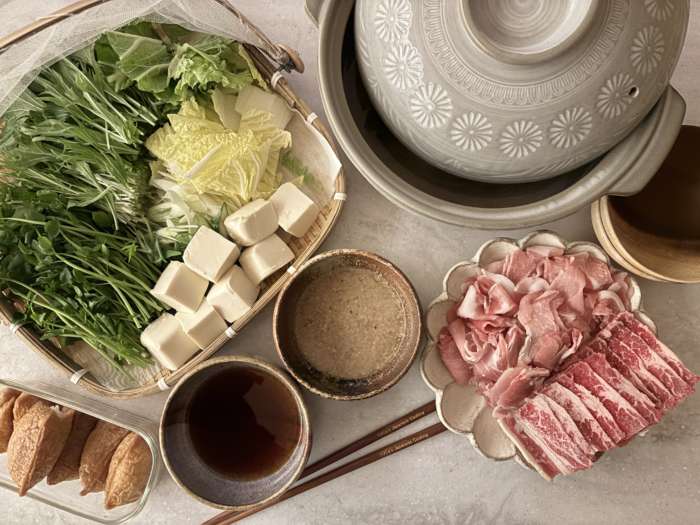
Shabu-shabu (しゃぶしゃぶ) is a Japanese hot pot dish. It is named after the sound “shabu shabu,” which describes the swishing motion used when cooking the meat in hot broth. A pot of water or light broth, usually flavored with kombu (kelp), is heated at the table. Thinly sliced meat, such as beef or pork, is briefly swished in the hot liquid until just cooked. Vegetables like napa cabbage, mushrooms, tofu, and leafy greens are also cooked in the pot.
The cooked meat and vegetables are dipped in sauces, most commonly ponzu (a citrus soy sauce) or sesame sauce, before eating. Because the meat is cooked very quickly, it stays tender and light. Shabu-shabu is often enjoyed as a social meal, where everyone cooks and eats together, especially during colder seasons in Japan.
NEW! Japanese Sweets & Tea Class in Tokyo
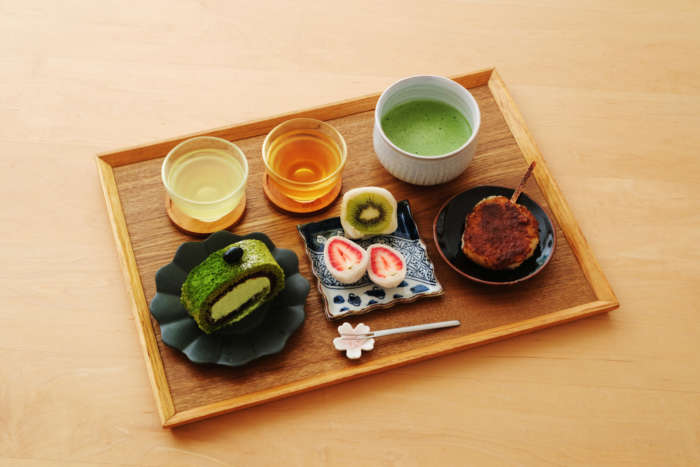
Discover the beauty of wagashi, traditional Japanese sweets inspired by the seasons 🌸
Join our hands-on Japanese Sweets & Tea class in Tokyo and experience Japanese culture through taste, tea, and craftsmanship.
No experience needed—just curiosity ✨
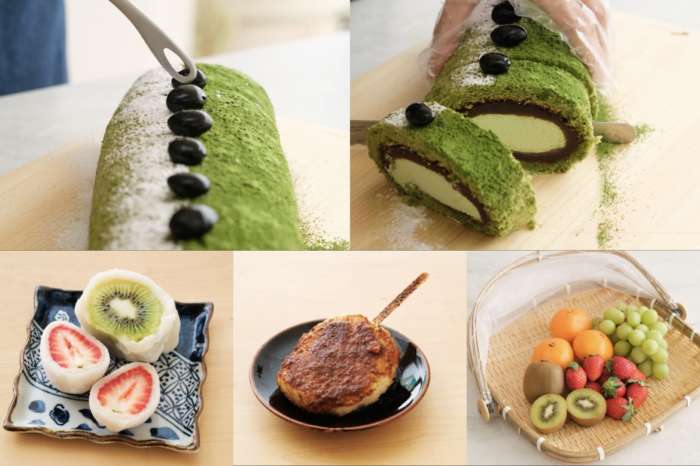
Japan has four distinct seasons. We enjoy seasonal foods and also savor traditional Japanese sweets that reflect each season. Traditional Japanese sweets are called wagashi. One of the most popular types of wagashi is mochi, which is made from glutinous rice. In this class, you will make three kinds of wagashi, including mochi. You will also enjoy matcha, which has become famous worldwide, not only as a beverage but also as a dessert. In addition, you will learn about various types of Japanese tea and enjoy pairing them with wagashi.
With the guidance, you’ll gain a deeper understanding of wagashi and Japanese food culture, including the importance of seasonality, ingredient selection, and traditional aesthetics. As part of the class, you will also visit a local supermarket to explore Japanese ingredients used in Wagashi.
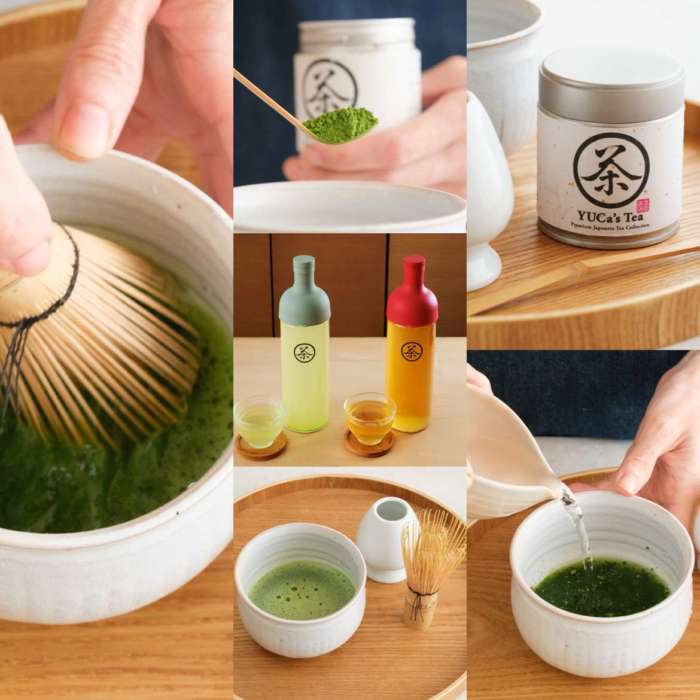
Are you interested in joining our Japanese Sweets & Tea Class? Come to the private kitchen studio in Tokyo! Please check the class calendar and keep your seats from here !
Hello from Cooking Class in Tokyo
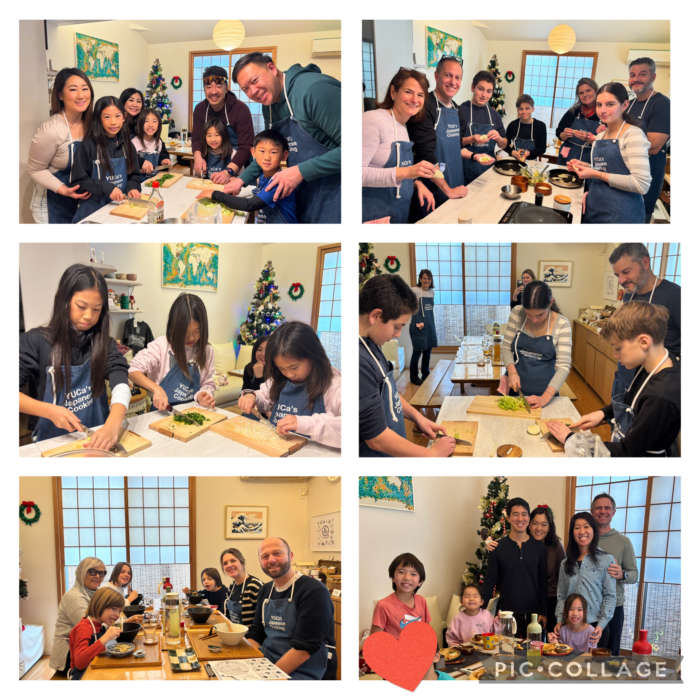 During the year-end and New Year season, children from all over the world visit my cooking studio.
During the year-end and New Year season, children from all over the world visit my cooking studio.
What always strikes me is their eagerness—
“I want to do the cutting!” “Let me mix!” “I’ll measure!”
They jump in with bright curiosity and confidence.
Meanwhile, the parents take a step back, happily playing a supporting role. They want their children to experience making Japanese food with their own hands.
In their quiet presence, I sense a deeper wish: that their children will grow up able to take responsibility for their own health.
Even amid the busyness of the season, these moments fill the studio with warmth—and make all my end-of-year fatigue fade away.
Are you interested in learning Japanese cooking? Come and join my cooking class in Tokyo!
Please check the class calendar and keep your seats from here !❤️
Recipe : Tofu Croquette
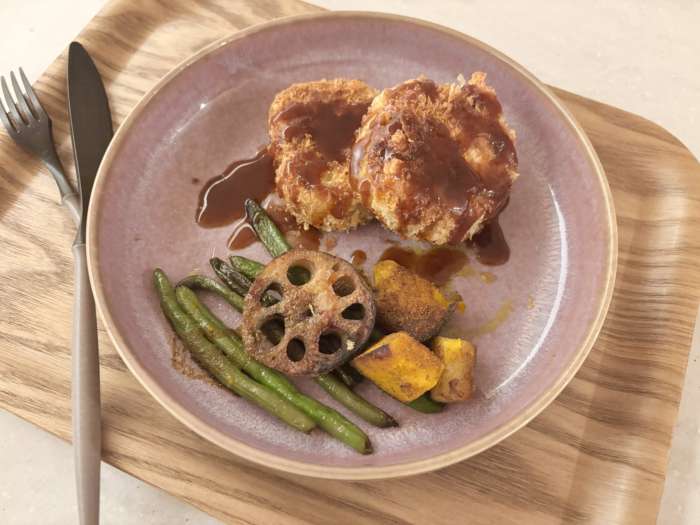
This is a tofu croquette recipe filled with a variety of vegetables. To boost the protein content, tofu and ground soy meat are used, but it can also be deliciously customized with additions such as cheese or tempeh.
Crispy on the outside and light and tender on the inside, these croquettes offer a gentle balance of vegetable sweetness and savory flavor. Although fried, they feel surprisingly light, making them a great choice for those seeking a healthier, plant-based option. They work well as a main dish, a light appetizer, or even as a bento side.
Read More
My Health Habits
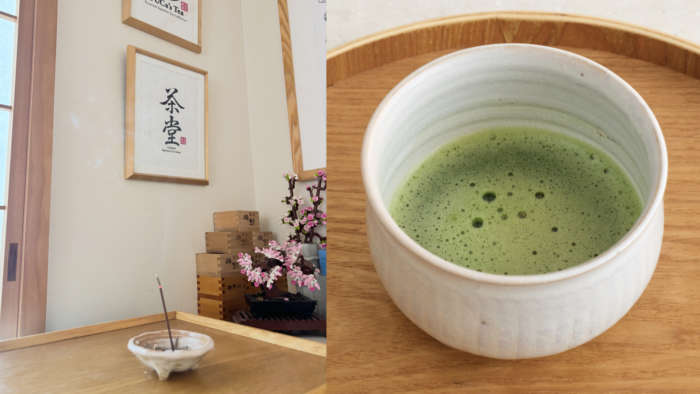
In the past, during winter, I would often feel unwell or catch a cold almost every month.
There were times I had to cancel my cooking classes, which was inconvenient not only for my family but also for my students.
Realizing this couldn’t continue, I started reading books and watching videos about health to gather information.
By putting into practice what I could and turning it into a habit, I’ve gradually improved, and recently my family has even said, “You don’t seem to catch colds anymore!”
I think there are three main points to staying healthy:
1. Keep your body warm
2. Stay hydrated
3. Get enough sleep
My Daily Habits Checklist:
◻︎Avoid sweets and coffee first thing in the morning
◻︎Start your day with warm water, sencha, or matcha
◻︎Practice 5–15 minutes of yoga each morning
◻︎Enjoy sweets in moderation
◻︎Avoid drinking iced water
◻︎Wash your hands thoroughly and gargle twice after returning home
◻︎Wear a mask in crowded places
◻︎Keep your neck warm while sleeping with a neck warmer that can also be used as a mask
◻︎Use a humidifier during sleep
◻︎Aim for at least 7 hours of restful sleep
I’d be happy if this could help you maintain your health as well.
If you are interested in topics like this, please feel free to contact me!
Thank you for coming back after 12 years 🤍

Most of my guests join my Japanese cooking class just once,
but from time to time, some of them come back — and that always means so much to me.
Recently, something truly special happened.
A French couple who joined my class 12 years ago, at my old studio, visited me again during their trip to Japan.
They’ve recently gotten married, and they chose to return to my cooking class.
We shared updates about our lives and how we’ve changed over the years.
It was such a heartfelt and beautiful moment.
They even told me that they still cook the recipes I taught them back then.
That made me incredibly happy and reminded me why I love what I do.❤️
Are you interested in learning Japanese cooking? Come and join my cooking class in Tokyo!
Please check the class calendar and keep your seats from here !❤️
Christmas Decoration at Our Tokyo Kitchen Studio
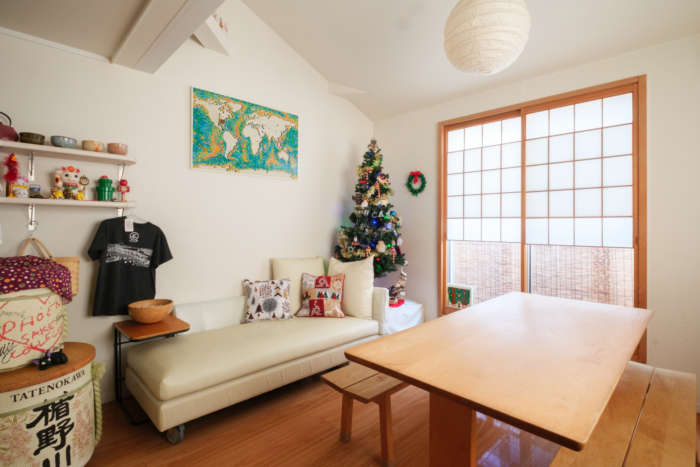
Our cooking class studio in Tokyo is dressed up for the holidays, blending a cozy Christmas atmosphere with a touch of Japanese style. Soft winter light through shoji screens creates a warm and peaceful space—perfect for enjoying seasonal flavors and meaningful moments around the table.
A special setting, available only during the Christmas season.
We look forward to welcoming you here 🍵✨
Are you interested in learning Japanese cooking? Come and join my cooking class in Tokyo!
Please check the class calendar and keep your seats from here !❤️
Hello from Cooking Class in Tokyo
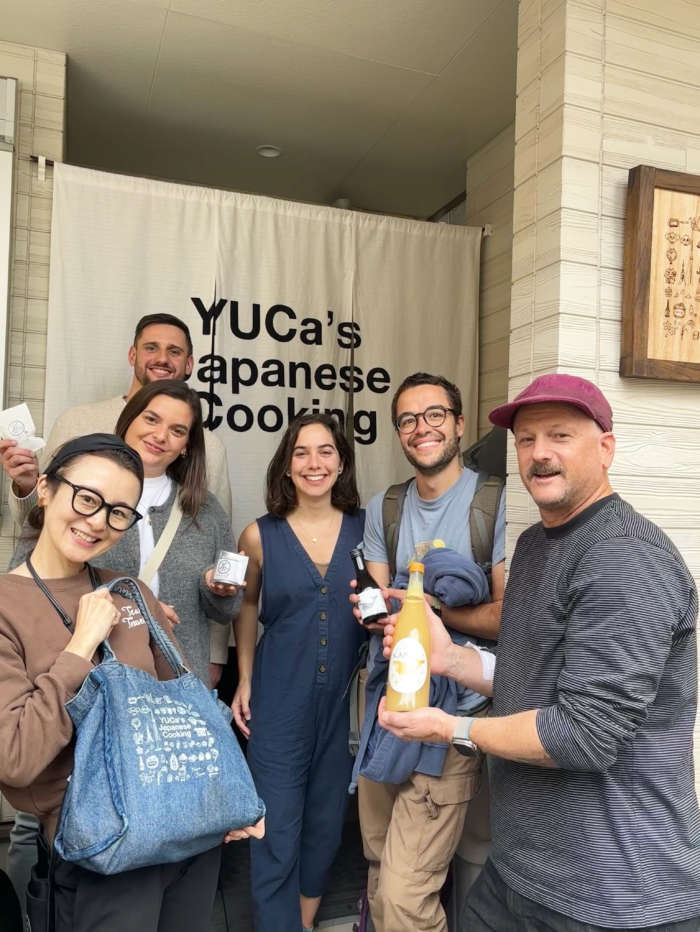
At my cooking studio, I also offer original goods and a curated selection of products that I truly recommend. This photo was taken after one of the classes.
On this day, each guest chose something different to take home— Yuzu sake, Premium sake, Uji matcha, and Chiran Cha from YUCa’s Tea.
Are you curious about what other items we have? Come and see them for yourself at my kitchen studio! Please check the class calendar and keep your seats from here !❤️
Business Plan Competition 2025
I’m honored to share that I was awarded at a business plan contest hosted by my hometown, Arakawa Ward.
I was so filled with a sense of accomplishment from all the preparation since summer, and with the joy of receiving my first certificate in decades, that I nearly walked back to my seat without picking up the prize envelope. It was such a “me” moment that I couldn’t help but laugh to myself.
I’ll be sharing more details about the award-winning business plan little by little, so please stay tuned!
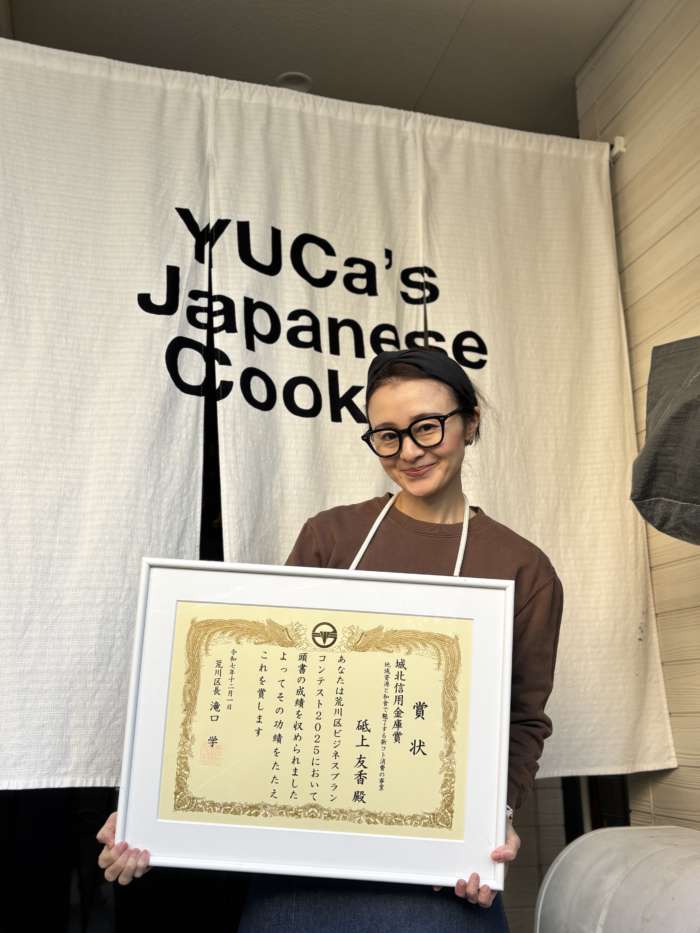
Hello from Tokyo (December 2025)

It’s already December!
Here in Tokyo, we can finally feel the winter air in the chilly mornings and evenings.
This month started with the final presentation of the business plan contest I’ve been preparing for since summer. I’m happy to share that my new business project won an award!
Thank you so much for all the likes and warm congratulatory messages on my previous post.
I’m excited to continue preparing so the project can launch smoothly.
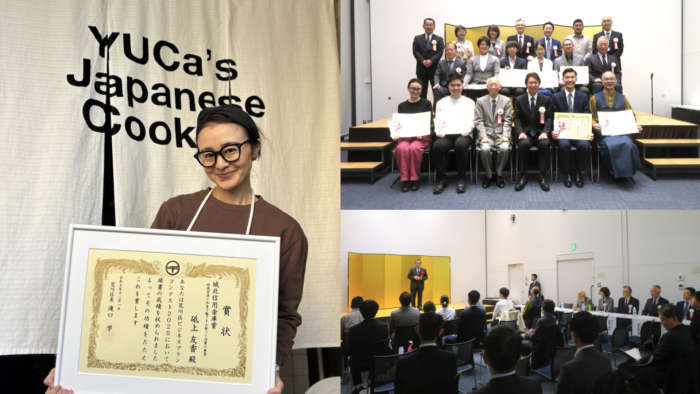
And December means… Christmas! 🎄
At my place, we started decorating the Christmas tree in the kitchen studio at the end of last month.
I found a Santa ornament doing yoga, and it felt like a sign—so I started practicing yoga every morning this month.
It’s been a great way to focus, reflect on my daily tasks, and think about my plans moving forward.
How are you planning to spend the end of the year?
I’ll be spending mine teaching cooking classes and continuing my mission to promote healthy living and Japanese food culture.
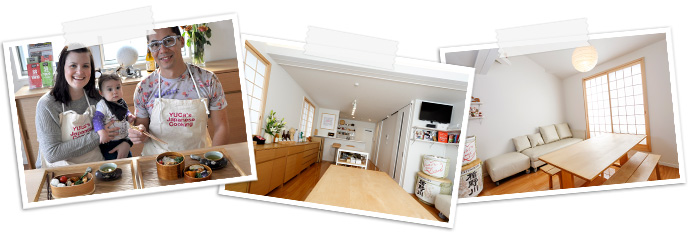








 During the year-end and New Year season, children from all over the world visit my cooking studio.
During the year-end and New Year season, children from all over the world visit my cooking studio.














